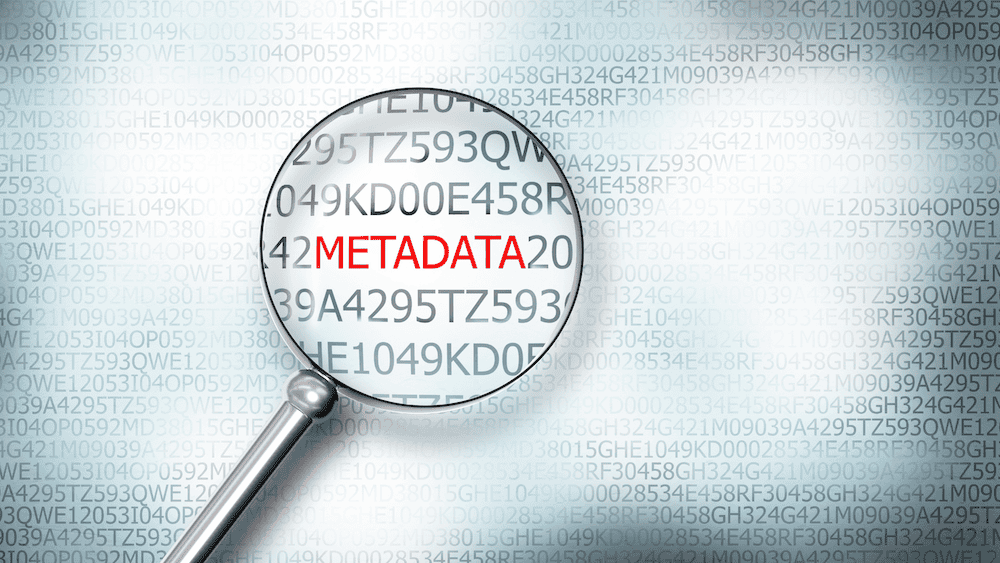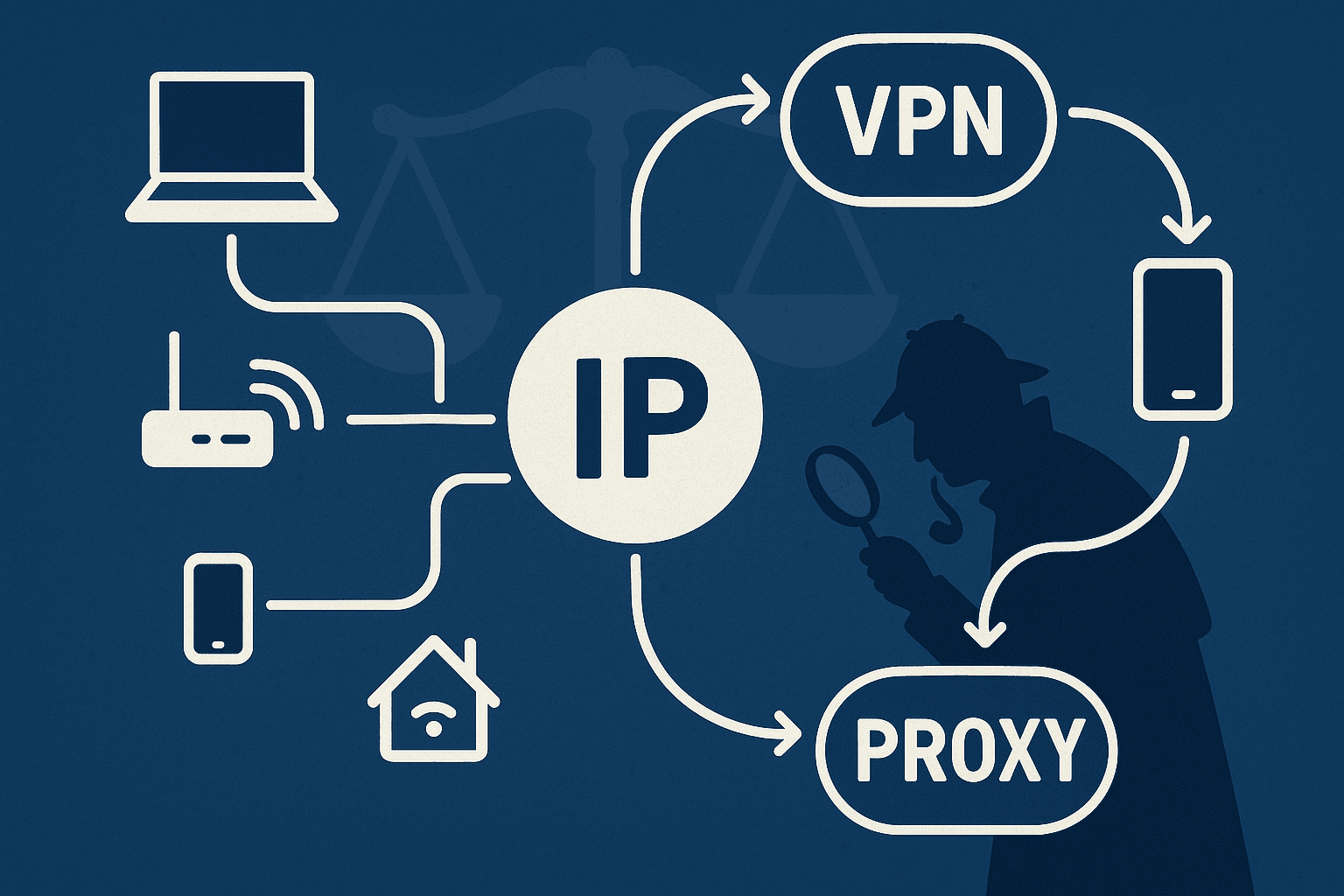Metadata can be a treasure trove of information in criminal cases, and for those involving photographs, EXIF data is crucial. EXIF (Exchangeable Image File Format) is a type of metadata specifically embedded within image files [1].
What Does EXIF Reveal?
EXIF data can provide:
- Timestamps: Precise dates and times a photo was taken.
- Camera Settings: Shutter speed, aperture, ISO, focal length, etc.
- Device Details: Camera model, make, and even serial number.
- Location Data: GPS coordinates (if location tagging is enabled).
How EXIF Aids Defense Strategies
Understanding EXIF data helps you:
- Verify Timelines: Confirm or challenge the opposition's claims about when a photo was taken. This can be pivotal for establishing or refuting alibis.
- Pinpoint Location: GPS data can place a defendant at a specific location, either supporting or contradicting other evidence.
- Detect Manipulation: EXIF data can sometimes reveal whether a photo has been altered, potentially casting doubt on its reliability.
Why EXIF Isn't Always Foolproof
EXIF data, while valuable, can be misleading:
- Time Zones: Incorrect camera settings can result in wrong timestamps.
- GPS Inaccuracy: Location data can be imprecise, especially in urban areas.
- Editing Can Change It: Some image editing software strips or modifies EXIF data.
- Location Spoofing: Some apps allow fake GPS tagging, obscuring true locations.
Where Experts Come In
Analyzing and interpreting EXIF data can be complex. An expert firm like Lucid Truth Technologies can assist by:
- Verifying the data's authenticity: Did the EXIF originate from the source device that captured the image?
- Overcoming inconsistencies: Explaining possible reasons for mismatched timestamps or GPS data.
- Detecting subtle manipulation: Uncovering signs of image editing that may not be obvious.
Key Takeaway
EXIF data offers valuable potential evidence in criminal cases. However, knowing its limitations and understanding when to seek expert help is crucial for building a strong defense based on this hidden information.





